“With courage, nothing is impossible.”
— Motto of Sir William Hillary, founder of the RNLI
Last Monday night, I got a taste of the worst of all worst-case scenarios:
Floating on my back, separated from my boat, alone out in the middle of a bay in the dark, either shore too distant to swim to, occasional whitecaps splashing my face. Waiting for a lifeboat.
I can feel the cold through my drysuit and the fleece layers under it. I would have less than 10 minutes in street clothes. But no suit keeps you warm forever...
Luckily, I don’t have to wait long.
I hear an outboard engine coming out of the fog. Then I see navigation lights. A flashlight searching the black water catches the reflectors on my helmet and life jacket. I squint in the glare.
A minute later, I’m safely back onboard, and it’s someone else’s turn to be the man overboard dummy.
Monday night is training night at the Lifeboat. Last week we were drilling the Williamson turn: a technique for doubling back to pick up a man overboard after you’ve lost sight of them. Our crew took turns playing the dummy while the boat went far enough away that the causality was out of sight, then we executed the turn and retrieved the casualty. We had a strobe, a flare, and a radio in our life jackets in case our crew actually lost us.
This is my second year on the crew of the Bantry Lifeboat, one of Ireland’s Community Rescue boats (CRBI,) part of a network of all-volunteer lifeboat stations around the U.K. and Ireland tasked with saving lives at sea.
We’re on call 24/7 to respond to distress calls and conduct search & rescue in Bantry Bay. Our calls cover everything from vessels in distress to body recoveries, missing persons searches, and mental health interventions.
Because of Ireland’s latitude, our Monday evening training hours are in total darkness or moonlight from late October through March.
Sea Survival 🛟
A highlight of training last year was the sea survival/ RIB capsize course at the National Maritime College of Ireland (NMCI). We started with a lecture from a retired Navy NCO, covering everything from maritime safety laws to hypothermia and the psychology of boredom in a life raft (the secret is creating little chores and assigning jobs to pass the time. The movie Cast Away nails it).
We spent the next day in the pool. We practiced getting into a liferaft from the water and jumping from a four-meter platform in all our gear. They put a RIB (Rigid Inflatable Boat), just like the Bantry Lifeboat, into the pool so we could learn how to right the boat——using a giant airbag——in the event of a capsize.
Cue the lightning ⚡
The course culminated in a scenario in which we practiced what we had learned in a simulated storm.
They cut the lights and turned on the waves. Confused “seas” up to one meter began sloshing from every direction. A downpour showered from the ceiling, and a big fan blew the rain in our faces. The wind and rain effects were strong enough to drown out our voices. A strobe and sound effects topped it all off with an indoor thunderstorm.
Going into this exercise, I wondered how realistic a wave pool could possibly be. It was chaos.
The first task was to find others and raft up, intertwining arms and legs to float as an unsinkable pod, a technique we had rehearsed in flat water with the lights on.
Finding our fellow casualties by the strobes on their life jackets and forming our raft took forever in the “storm.” I had no idea who I was rafted to. At one point, I was holding a boot and trying to pull its owner into our rafted group, but a wave yanked us apart and put them out of reach.
They had us separate and drift on our own for the remainder of the exercise, assuming recovery positions and rigging our life jackets in such a way that we would be kept upright and breathing even if hypothermia rendered us unconscious.
I don’t plan on ever finding out just how realistic this training was, but it’s impressive and humbling how they were able to use a wave pool to demonstrate two of the most important principles of sea survival:
The sea is the boss. As John Dowd writes in Sea Kayaking, “Seamanship is the art of living according to the rules of the sea.”
As long as you are conscious, there is always something you can do to improve your odds of survival and assist in your own rescue. (However, this window of consciousness can be pathetically short in cold water).
“A very particular set of skills”
If something goes wrong during my trip this summer, one of Ireland’s Lifeboat crews——made up of people like me and my crewmates will answer the call. In any risks I take on the water, I am potentially involving search and rescue crews and their loved ones. It’s not something I take lightly. I never want to be that guy.
My pre-trip risk assessments include the question, “who may be harmed?” the answer always includes SAR crews and their families.
This is why training is so valuable. The navigation and seamanship skills we drill every Monday night will help me make better decisions on the water and avoid emergencies and mishaps in the first place. The more I learn, the less likely I am to be the reason someone else has to put their training into action.
Even in a worst-case scenario, like the one we rehearsed last Monday and drilled in the wave pool, I will never be helpless, thanks to skills I learned and practiced in the Lifeboat.
The Lifeboat needs your support
Bantry Inshore Search and Rescue (BISRA), like all Irish Lifeboats, is crewed by volunteers and supported by community donations. You can donate to the Lifeboat online or drop a few coins in one of the collection jars in pubs and shops around Bantry. Thank you for your support!
Thank you, Team Fox donors! 🦊
Thank you to everyone who donated to The Michael J. Fox Foundation for Parkinson’s Research this week:
Joe Toomey, Aodhán Hurley, Susie Nace, and Patricia McGuinness!
Thanks for reading,
-Charlie
Thank you to Mike Jones for coaching and guidance.
Kokatat is the official gear sponsor of The Lap.
The lap will be fueled by Resilient Nutrition’s Long Range Fuel and bars.
Expedition coffee by 3fe.
CH Marine will be providing a VHF radio and other safety equipment.
Tent and cooking gas provided by Paddle & Pitch. Trolley by KCS.




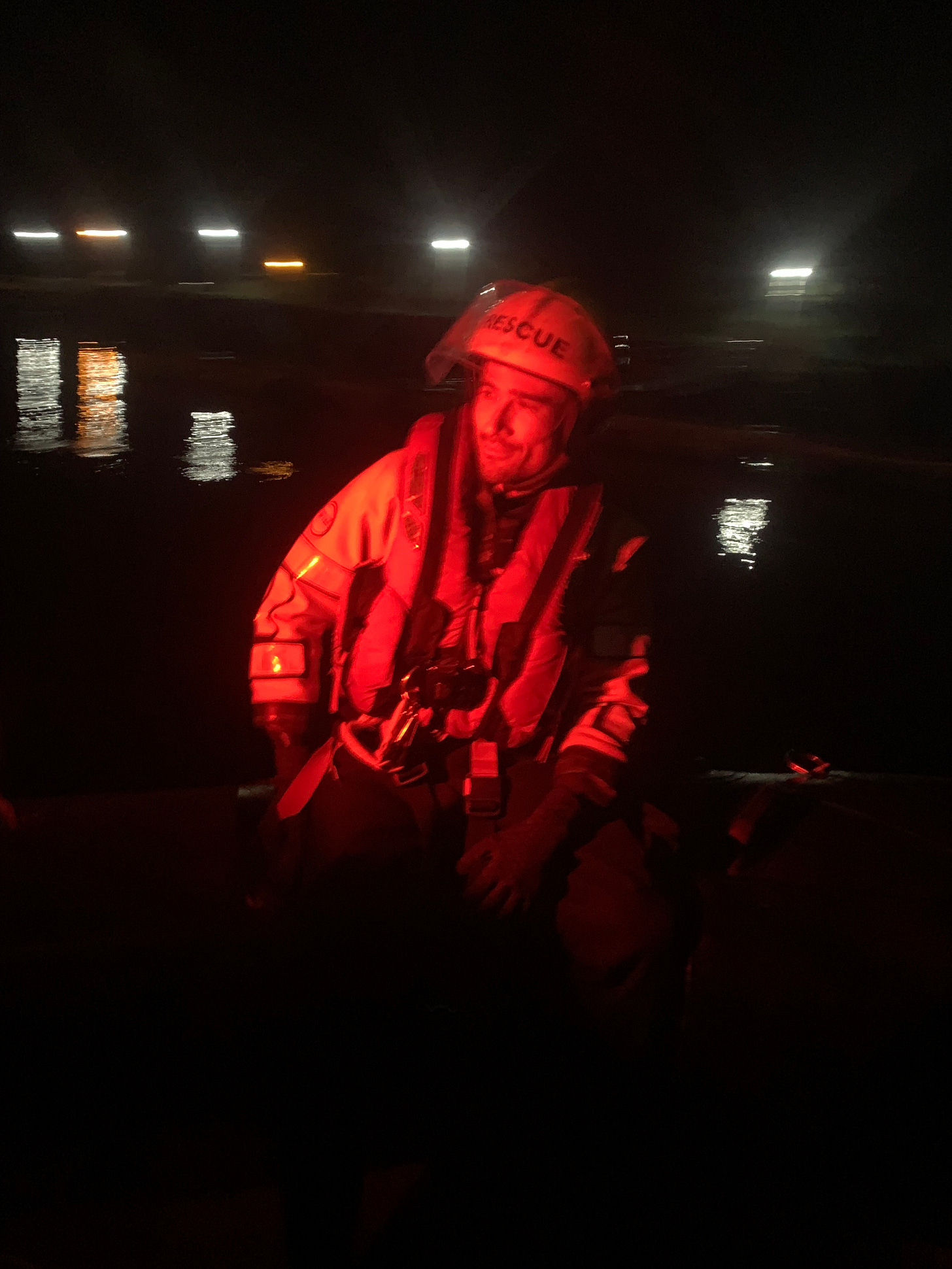
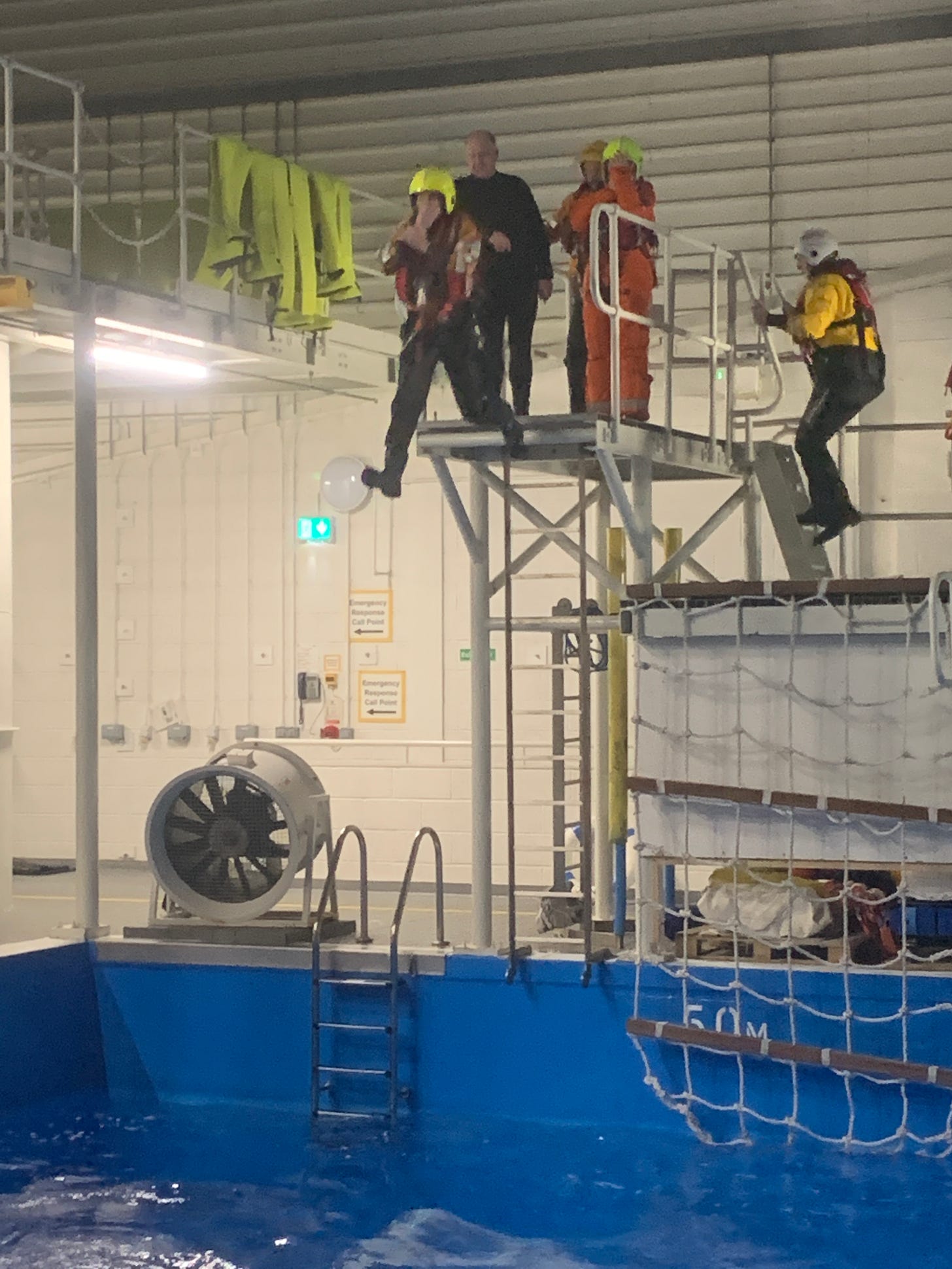
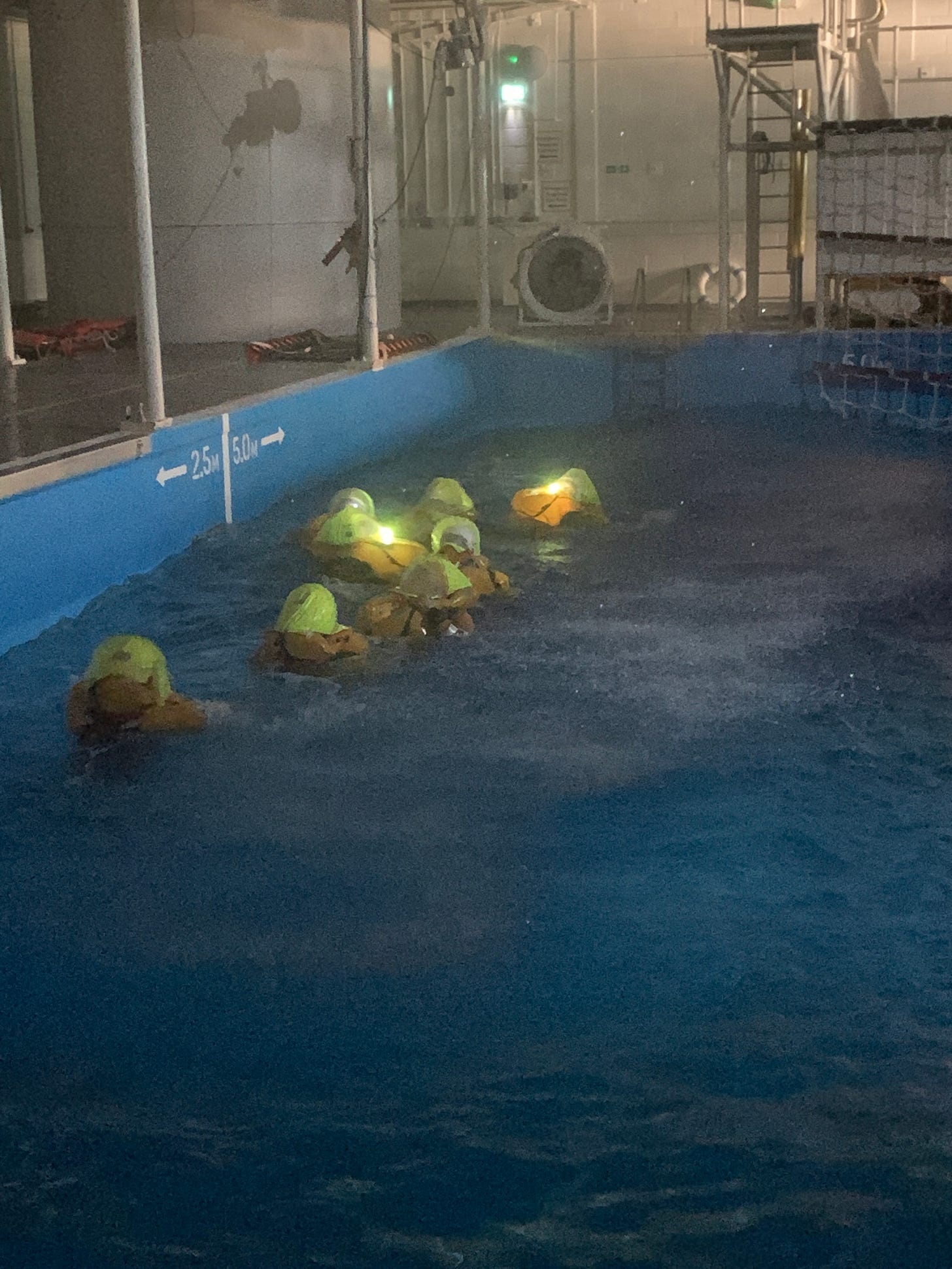
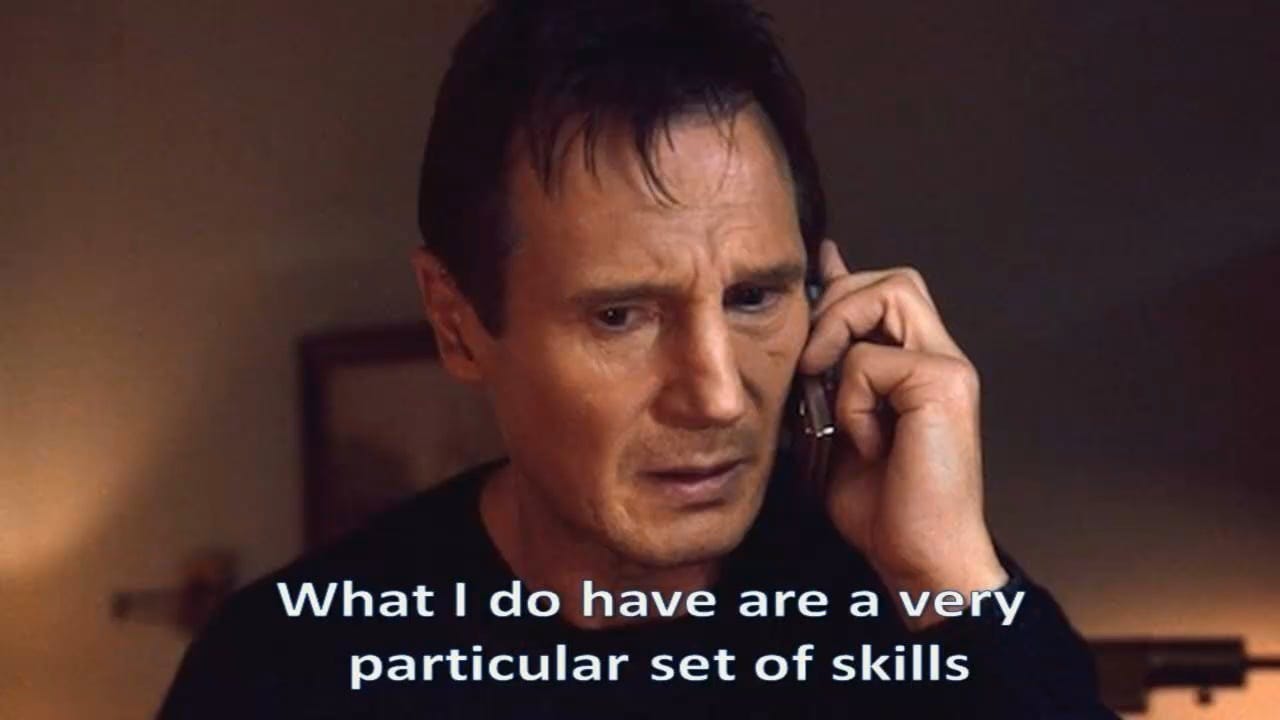
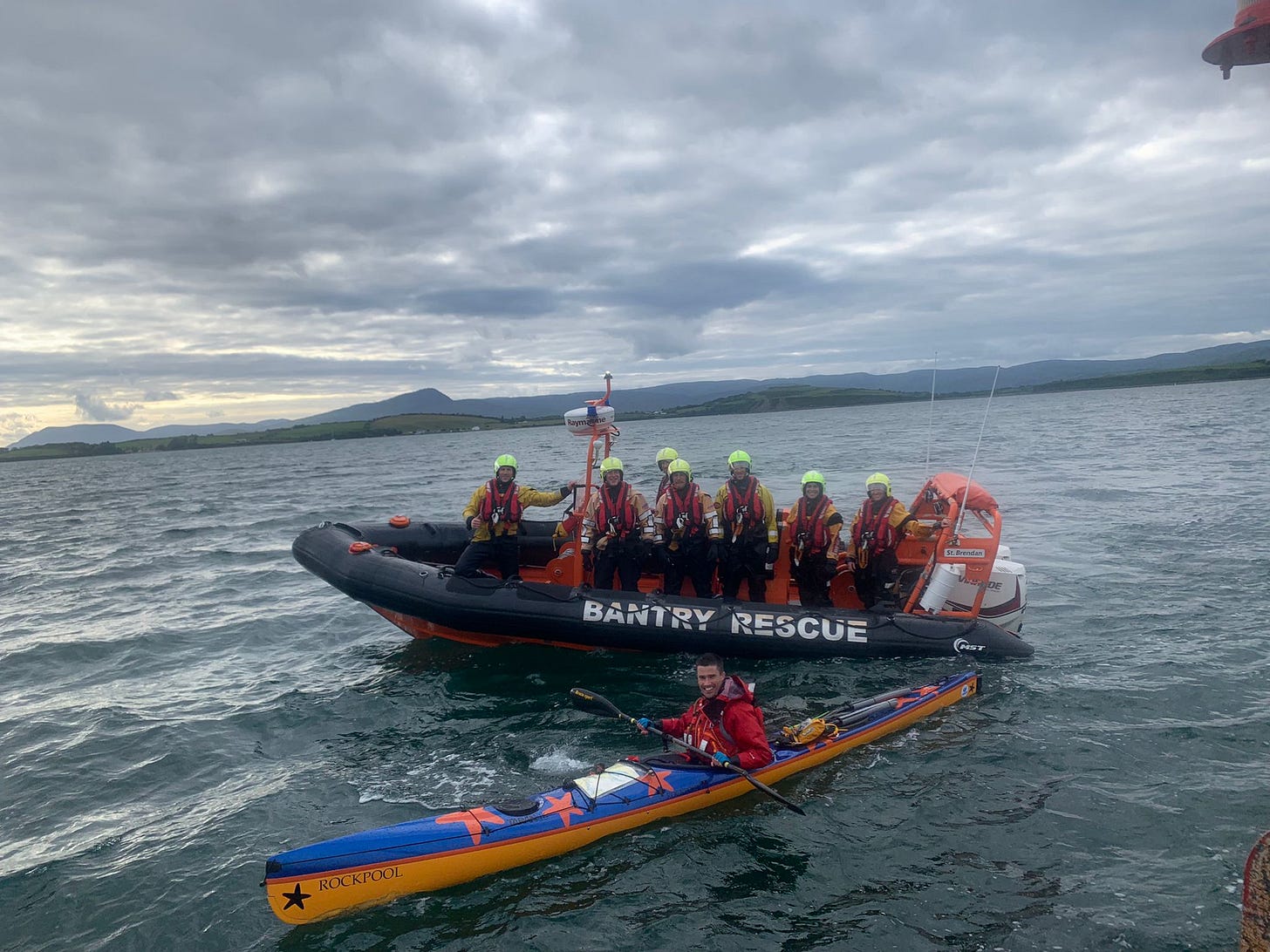





The “sea is the boss” reminds me of DeLong saying “There is one thing we can all be sure of, the ocean is not going to get tired. You will get tired, or metal, or anything else will tire, before the ocean will get tired.”
Keep it up and stay safe!
Great stuff, Charlie. Keep it up, baby! "The Day" is getting closer ...